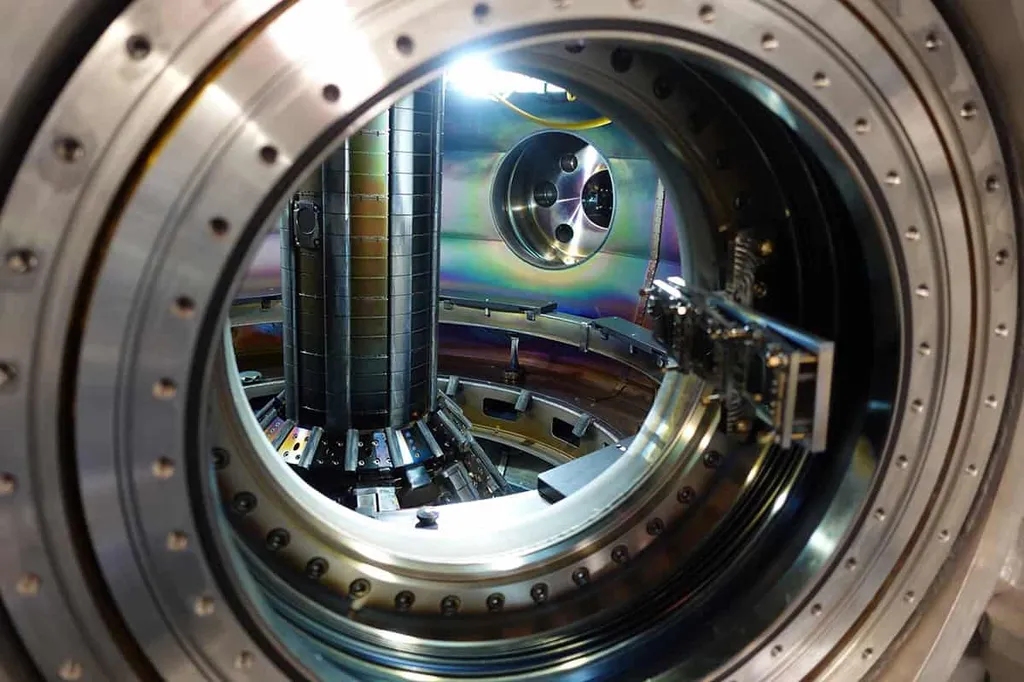In the quest to harness the power of nuclear fusion, researchers are tackling complex challenges that lie at the intersection of fluid dynamics, electromagnetism, and heat transfer. A recent study published in the journal *Nuclear Fusion* and translated into English, led by Chiara Mistrangelo of the Karlsruhe Institute of Technology in Germany, sheds light on the intricate behavior of liquid metals in magnetic fields—a critical factor for designing efficient fusion reactors.
The study focuses on a phenomenon known as magneto-convection, where electrically conducting fluids like liquid metals interact with magnetic fields, generating electric currents and electromagnetic forces. These interactions significantly influence the flow dynamics, pressure losses, and heat transfer within the system. For fusion reactors, particularly in components called blankets, understanding and optimizing these flows is essential. The blankets serve a dual purpose: they breed tritium, a vital fuel for fusion reactions, and extract the heat generated during the process.
To ensure the accuracy of numerical simulations—a cornerstone of modern engineering design—Mistrangelo and her team conducted a benchmark study. They defined a problem involving liquid metal flow in a horizontal rectangular duct, heated from below and subjected to a non-uniform magnetic field. Five research groups, each using different numerical codes, simulated this scenario, and their results were compared.
“The benchmark problem was designed to capture the complexities of magneto-convective flows in a realistic setting,” Mistrangelo explained. “By comparing the results from different codes, we can identify discrepancies and refine our models to improve their reliability.”
The findings from this benchmark are crucial for the energy sector, particularly for companies and research institutions developing fusion reactors. Accurate simulations can reduce the time and cost of prototyping and testing, accelerating the deployment of fusion energy. Moreover, the insights gained from this study can be applied to other industries that use liquid metals and magnetic fields, such as metallurgy and crystal growth.
“This research is a stepping stone toward more efficient and reliable fusion reactors,” Mistrangelo added. “It highlights the importance of collaboration and validation in scientific research, ensuring that our models are robust and ready for real-world applications.”
As the world looks toward fusion as a potential source of clean, abundant energy, studies like this one are paving the way for future developments. By refining our understanding of magneto-convective flows, researchers are not only advancing fusion technology but also contributing to a broader range of industrial applications. The journey toward fusion energy is complex, but with each breakthrough, the path becomes clearer and more navigable.

